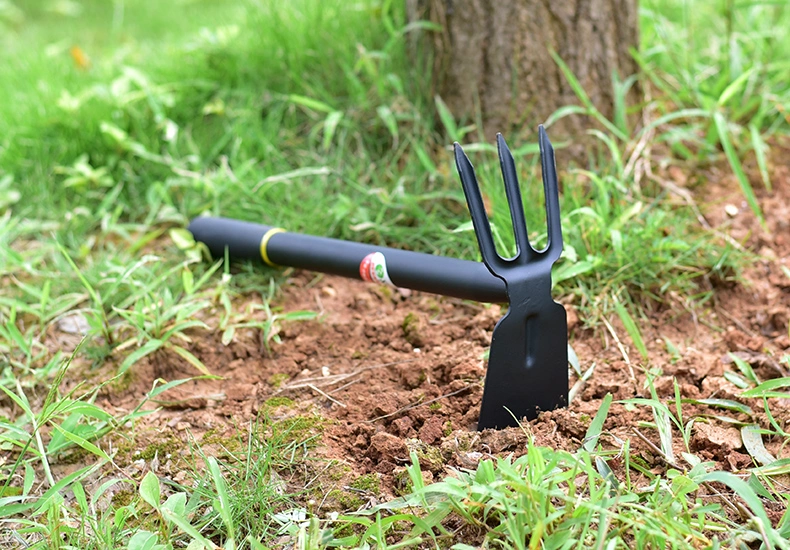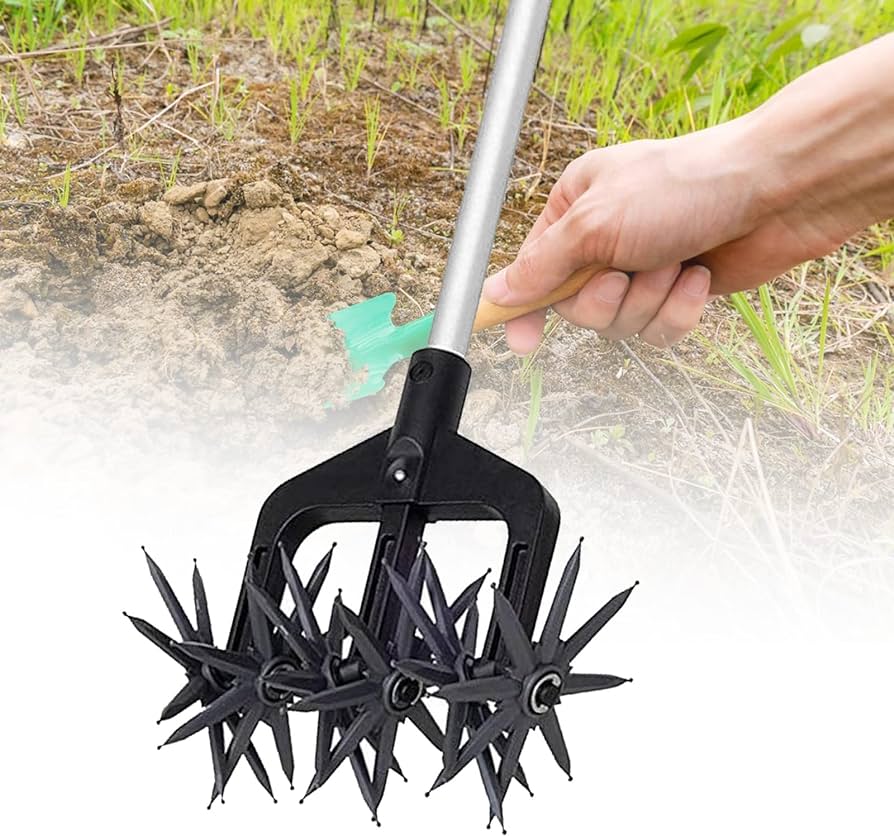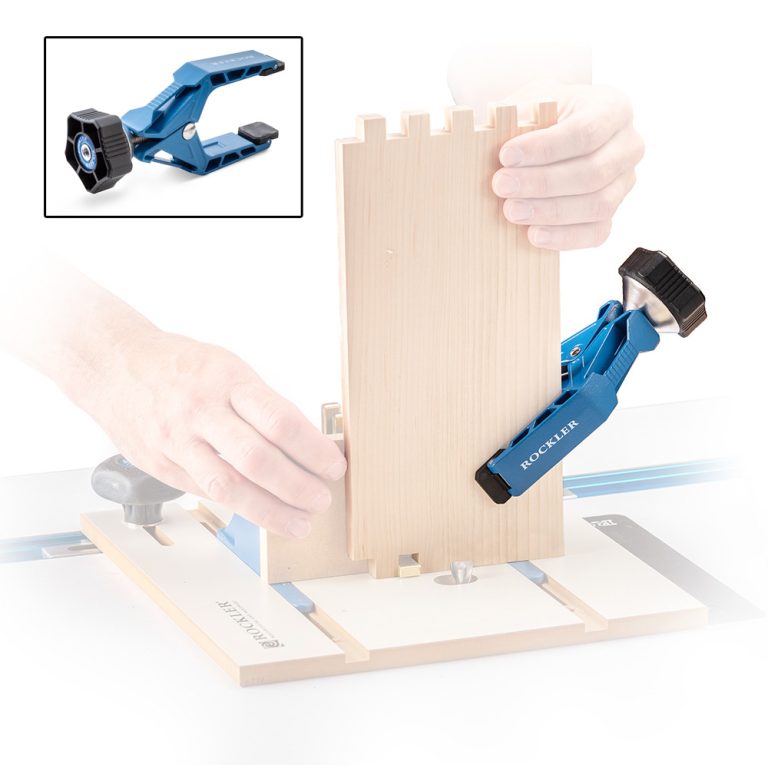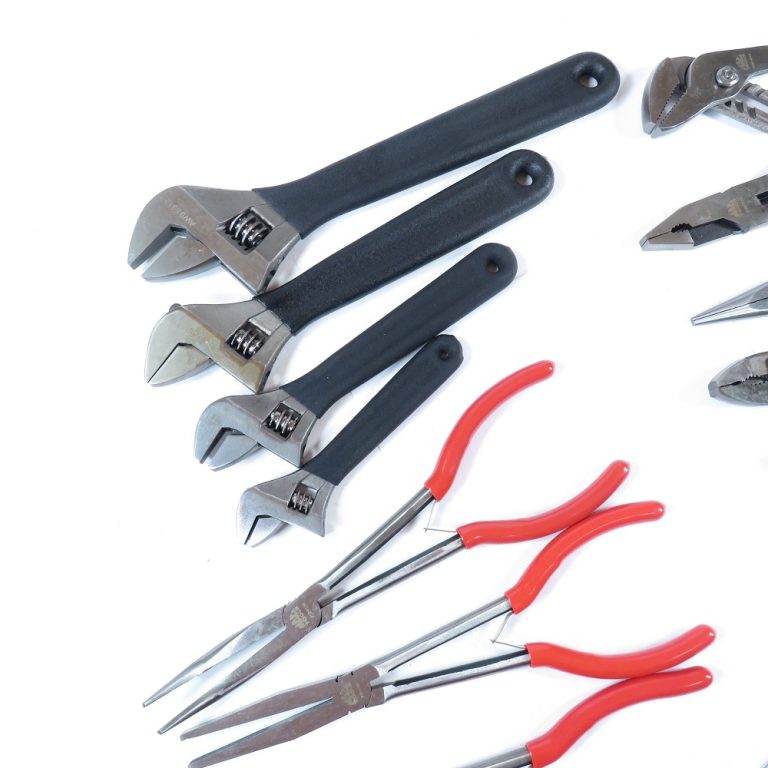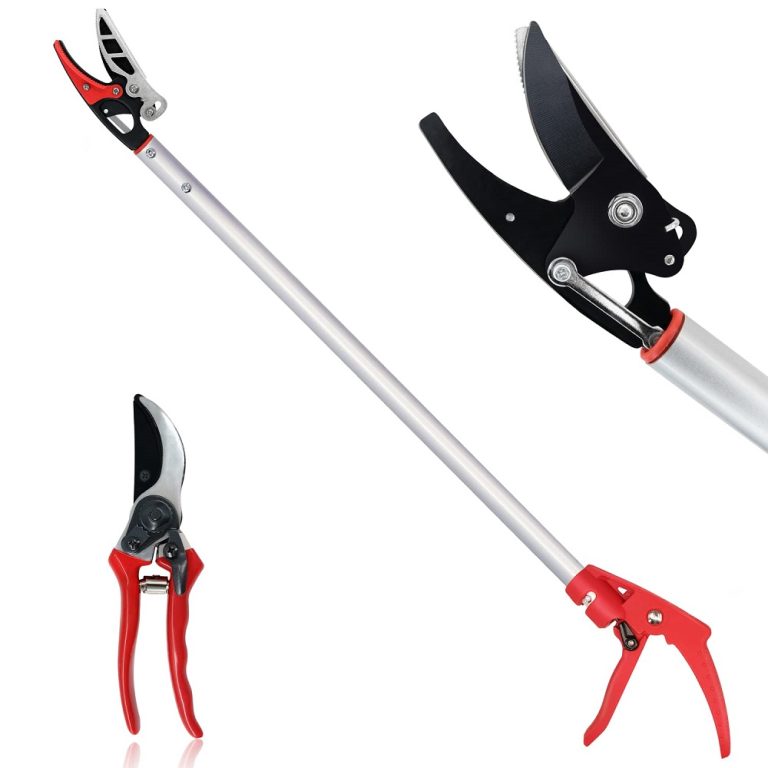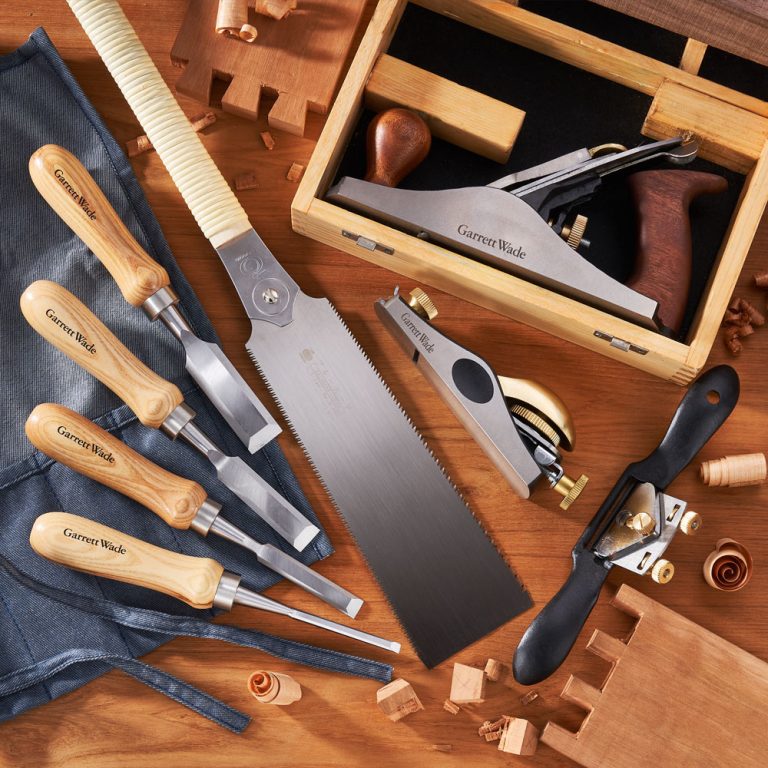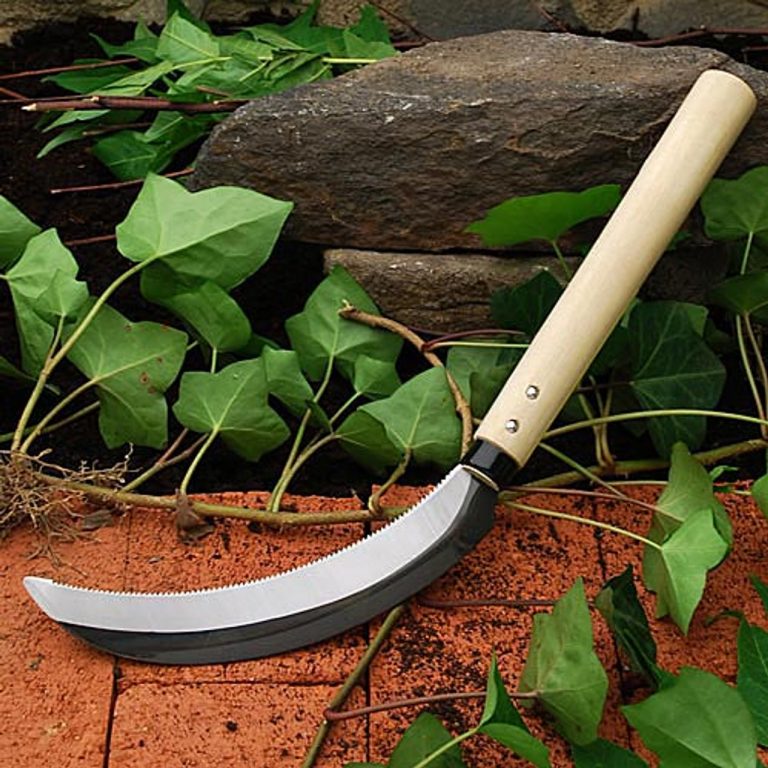Hand Tiller Tool: The Essential Guide for Gardeners
Hand tiller tools are indispensable for gardeners of all skill levels. These versatile implements help cultivate soil, remove weeds, and prepare garden beds for planting. This comprehensive guide explores everything you need to know about hand tiller tool, their uses, and how to choose the right one for your gardening needs.
What is a Hand Tiller Tool?
A hand tiller tool is a manual gardening implement used for breaking up and aerating soil. It typically consists of a handle and a working end with prongs or blades. Hand tillers come in various designs to suit different gardening tasks and soil types.
Key Features:
- Lightweight and portable
- Requires no fuel or electricity
- Suitable for small to medium-sized garden areas
- Allows for precise control in tight spaces
Hand tillers offer an eco-friendly alternative to powered tillers for smaller gardening projects.
Types of Hand Tiller Tools
Several types of hand tiller tools exist, each designed for specific gardening tasks:
Cultivator
Cultivators feature multiple tines or prongs. They’re ideal for loosening soil and removing small weeds.
Hand Plow
Hand plows have a single blade or tine. They excel at creating furrows for planting seeds or bulbs.
Twist Tiller
Twist tillers have a corkscrew-like design. They’re efficient for aerating soil and mixing in amendments.
Claw Cultivator
Claw cultivators have curved tines. They’re effective for breaking up compacted soil and removing larger weeds.
Garden Weasel
The Garden Weasel is a branded multi-purpose tool. It combines cultivating and weeding functions.
Each type of hand tiller has its strengths. Many gardeners own multiple types for different tasks.
Benefits of Using a Hand Tiller Tool
Hand tiller tools offer numerous advantages for gardeners:
Soil Aeration
Tilling improves soil structure. It allows air, water, and nutrients to reach plant roots more easily.
Weed Control
Regular tilling helps prevent weed growth. It disrupts weed roots and brings buried seeds to the surface.
Improved Drainage
Loosened soil drains better. This prevents waterlogging and root rot issues.
Easier Planting
Tilled soil is softer and more manageable. It makes planting seeds, bulbs, and seedlings easier.
Physical Exercise
Using a hand tiller provides a good workout. It engages core muscles and improves upper body strength.
Precision Control
Hand tillers allow for careful work around existing plants. They’re ideal for small gardens and raised beds.
How to Use a Hand Tiller Tool
Using a hand tiller effectively requires proper technique:
- Clear the area of large debris and rocks.
- Hold the tiller handle with both hands.
- Push the tines into the soil at a slight angle.
- Pull the tiller towards you, breaking up the soil.
- Repeat in overlapping rows across the garden area.
- Turn the soil over periodically to ensure even tilling.
Practice improves efficiency and reduces strain on your body.
Choosing the Right Hand Tiller Tool
Several factors influence the choice of a hand tiller:
Garden Size
Larger gardens may require sturdier tools. Smaller gardens can use lighter, more maneuverable options.
Soil Type
Clay soils need stronger tines. Sandy soils work well with most tiller types.
User Strength
Consider ergonomic designs for those with limited strength or mobility.
Intended Use
Choose based on primary tasks: weeding, aerating, or creating furrows.
Handle Length
Longer handles reduce bending. Shorter handles offer more control in tight spaces.
Material Quality
Look for durable materials like stainless steel or carbon steel.
Research and read reviews before purchasing. Many gardeners find owning multiple hand tillers beneficial.
Maintaining Your Hand Tiller Tool
Proper maintenance extends the life of hand tiller tools:
Cleaning
Clean the tiller after each use. Remove soil and debris from tines or blades.
Drying
Dry the tool thoroughly to prevent rust. Store in a dry location.
Sharpening
Keep tines or blades sharp for optimal performance. Use a file to maintain edges.
Oiling
Apply a light coat of oil to metal parts. This prevents rust and ensures smooth operation.
Handle Care
Sand and oil wooden handles periodically. Replace cracked or splintered handles.
Storage
Hang tools or store them upright. Avoid leaving them on the ground.
Regular maintenance ensures your hand tiller remains effective for years.
Hand Tiller Tools vs. Powered Tillers
Hand tillers offer distinct advantages over powered alternatives:
Eco-Friendly
Hand tillers require no fuel or electricity. They have a lower environmental impact.
Cost-Effective
Manual tools are less expensive to purchase and maintain.
Quiet Operation
Hand tillers allow for peaceful gardening. They won’t disturb neighbors or wildlife.
Precision Work
Manual tools offer greater control in small spaces and around delicate plants.
Low Maintenance
Hand tillers have fewer parts to maintain or replace.
Storage Convenience
Manual tools take up less storage space than powered tillers.
For larger areas, powered tillers may be more efficient. Hand tillers excel in smaller gardens and for detail work.
DIY Hand Tiller Tool Projects
Creative gardeners can make simple hand tillers from household items:
Fork Tiller
- Bend the tines of an old fork at right angles.
- Attach the fork to a wooden handle.
- Secure with screws or strong adhesive.
Bottle Tiller
- Cut the bottom off a plastic bottle.
- Drill holes around the cut edge.
- Attach to a wooden handle.
Rake Tiller
- Remove every other tine from an old rake.
- Bend remaining tines slightly inward.
- Use as a lightweight cultivator.
These DIY options provide budget-friendly alternatives to store-bought tools.
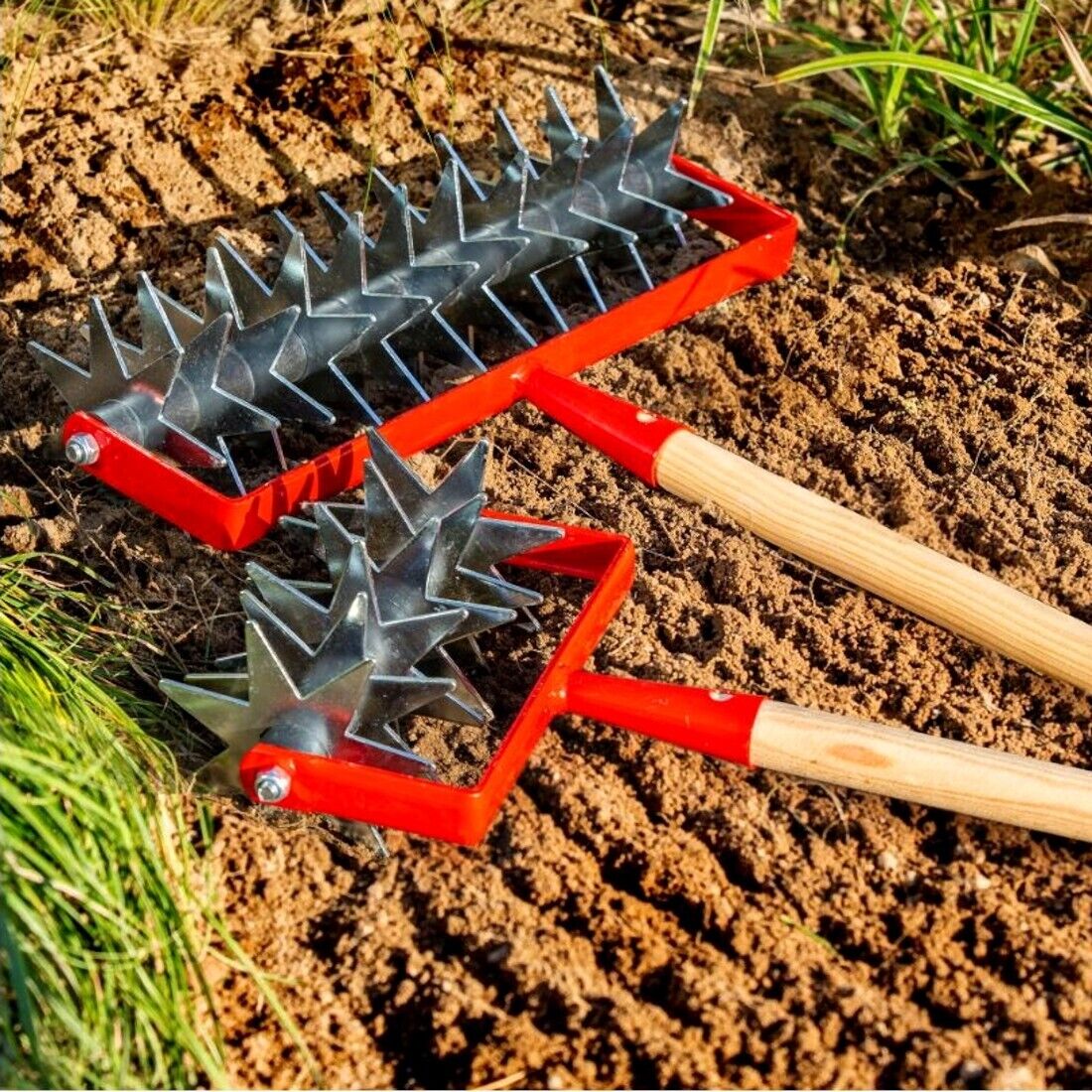
Hand Tiller Tools in Sustainable Gardening
Hand tillers play a crucial role in sustainable gardening practices:
No-Till Gardening
Light surface tilling with hand tools preserves soil structure. It’s gentler than deep mechanical tilling.
Companion Planting
Hand tillers allow for careful soil preparation between companion plants.
Organic Gardening
Manual tilling avoids introducing chemicals from fuel or oil into the soil.
Water Conservation
Properly tilled soil retains moisture better. This reduces the need for frequent watering.
Soil Health
Regular, gentle tilling with hand tools encourages beneficial soil organisms.
These practices contribute to healthier gardens and ecosystems.
Hand Tiller Tools for Different Garden Types
Hand tillers adapt to various gardening situations:
Raised Beds
Compact hand tillers work well in the confined space of raised beds.
Container Gardens
Small hand cultivators help maintain potted plants and container gardens.
Flower Beds
Claw cultivators are ideal for working around established perennials.
Vegetable Gardens
Hand plows create perfect furrows for planting vegetable seeds.
Rock Gardens
Twist tillers navigate effectively between rocks and succulents.
Choosing the right tool for each garden type improves efficiency and results.
Hand Tiller Tools in Professional Landscaping
Professional landscapers often use hand tillers for specific tasks:
Detail Work
Hand tools allow for precise soil preparation around valuable plants.
Sloped Areas
Manual tillers offer better control on hillsides and uneven terrain.
Client Demonstrations
Hand tilling allows landscapers to involve clients in garden preparation.
Noise-Sensitive Areas
Quiet hand tools are preferable near hospitals, schools, or residential areas.
Small Urban Gardens
Compact hand tillers suit the limited space of city gardens.
These versatile tools complement larger equipment in professional settings.
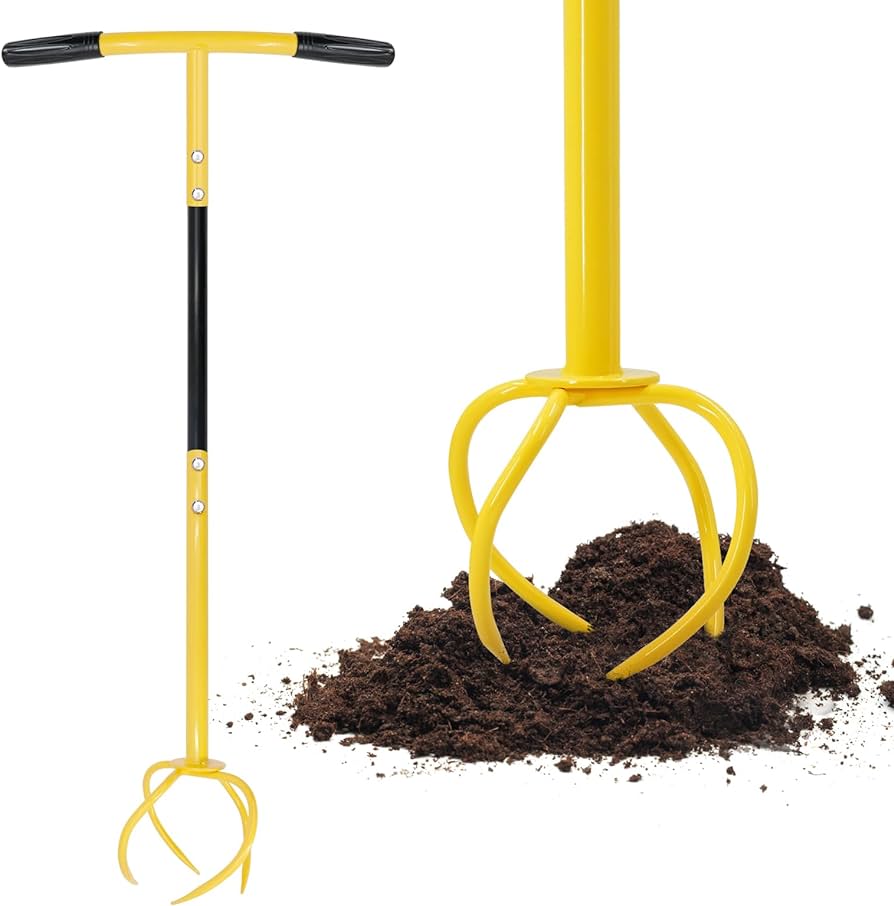
The Future of Hand Tiller Tools
Innovation continues in hand tiller design:
Ergonomic Improvements
New handle designs reduce strain and improve comfort during use.
Multi-function Tools
Manufacturers develop tools combining tilling, weeding, and planting functions.
Sustainable Materials
Eco-friendly materials like recycled plastics appear in tool construction.
Smart Features
Some tools incorporate seed dispensers or soil analysis capabilities.
Customizable Options
Modular designs allow users to adapt tools for different tasks.
These advancements make hand tilling more efficient and accessible.
Conclusion
Hand tiller tools remain essential implements for gardeners of all levels. Their versatility, eco-friendliness, and precision make them invaluable for soil preparation and maintenance. From small container gardens to larger vegetable plots, hand tillers offer an effective solution for cultivating healthy, productive soil.
The variety of hand tiller designs ensures that every gardener can find the right tool for their needs. Whether breaking new ground, maintaining established beds, or working in tight spaces, a suitable hand tiller exists for the task. The physical engagement and connection to the earth that these tools provide enhance the gardening experience.
As sustainable and organic gardening practices gain popularity, hand tiller tools become increasingly relevant. They allow for gentle soil management, promoting healthy ecosystems within the garden. The lack of fuel emissions and noise pollution makes them ideal for environmentally conscious gardeners.
While powered tillers have their place in large-scale agriculture, hand tillers excel in home gardens and small-scale operations. Their precision, simplicity, and low maintenance requirements make them a practical choice for most gardening tasks. As tool designs continue to evolve, hand tillers are likely to become even more efficient and user-friendly.
Ultimately, the hand tiller tool represents a bridge between traditional gardening methods and modern horticultural practices. It embodies the hands-on approach that many gardeners value, while adapting to contemporary needs for sustainability and efficiency. For anyone looking to cultivate a thriving garden, a quality hand tiller tool is an investment that pays dividends in healthier plants and more productive soil.

